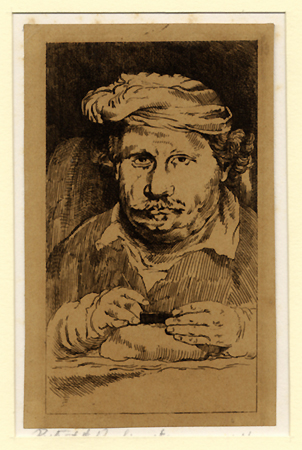THE ETCHING REVIVAL
France, Britain, America and Zorn
France, Britain, America and Zorn
- Jacque, Rembrandt, Etching
- Jacque, Le Chemin de Halage
- Daubigny, Le Grand Parc
- Lalanne, Richmond
- Meryon, Greniers Indigènes
- Bracquemond, Le Corbeau
- Buhot, Débarquement
- Lepère, La Route de Saint Gilles
- Legros, Le Triomphe de la Mort
- Besnard, La Mère Malade
- Leheutre, Notre-Dame de Chartres
- Legrand, Devant Sa Glace
- Brouet, Coin de Campagne
- Beaufrère, Bords de la Laïta
- Frélaut, Allée de Village
- Forain, L’Avocat Parlant
- Laboureur, Vue du Chateau
- Haden, Mytton Hall
- Whistler, Black Lion Wharf
- Strang, Eel Fishing in a Cave
- Cameron, Ben Lomond
- Bone, Culross Roofs
- McBey, Palestine: Blue Bonnets
- John, Head of Granger
- Blampied, Blessing the Waters
- Lumsden, Cliff and Cactus
- Lee-Hankey, Le Repas
- Osborne, Zierikzee
- Simpson, James Pryde
- Rushbury, On the Waveny
- Detmold, The Cock
- Brockhurst, Phemie (Marguerite)
- Nicolson, Quiet Hour
- Moran, Landscape on the Marne
- Moran, The Rapids Above
- Moran, Scrub Oaks
- Parrish, Winter in Trenton
- Platt, Deventer, Holland
- Mielatz, The Old Bridge
- Pennell, The Shot Tower, London
- Benson, Yellowlegs at Dusk
- Hassam, Madonna of the North
- Sloan, Girls Sliding
- Winkler, North End
- Arms, Stokesay Castle
- MacLaughlan, Bernese Oberland
- Friedlander, Downtown
- Eby, North Country
- Marsh, Coney Island Beach
- Zorn, Pilot – Lots
- Zorn, Portrait of Ernest Renan
| 1. Charles Jacque (1813-1894) after an Anonymous 17th Century Etching Rembrandt, Etching |
(click on image to print)

Rembrandt, Etching
Etching, 1846, 120 x 75 mm., Guiffrey 127, B. N. Inv. 506, provenance: F. Masson, mounter of prints (Lugt 1032). Fine impression on brown India paper, appliquéd by Masson to a large sheet of textured wove paper. The Etching Revival essentially began in Barbizon, but it had its roots in Rembrandt and the Dutch 17th century. That was what was being revived. It was not merely the rediscovery of a technique; there had been etchings all through the 18th and early 19th century. It was, rather, the approach. The Etching Revival emphasized spontaneity and direct observation rather than meticulous finish, originality rather than the adaptation of painted classics, common people rather than the haut-monde, and the direct observation of nature and “pleasant places” rather than the great monuments. That all harked back to Rembrandt and his contemporaries. So it seems fitting to begin this exhibition with a portrait of Rembrandt himself in the process of etching a plate, by one of the first of the Etching Revivalists, taken by Jacque from a 17th century print thought by him to be by Rembrandt. If he was mistaken in that assumption (he probably was), it is only one of the many misapprehensions of the movement about Dutch 17th century art. They saw through eyes of the 19th and 20th centuries, not as artists totally reverting to an earlier time. The Etching Revival was not a reincarnation; it was a reinterpretation.
![]()